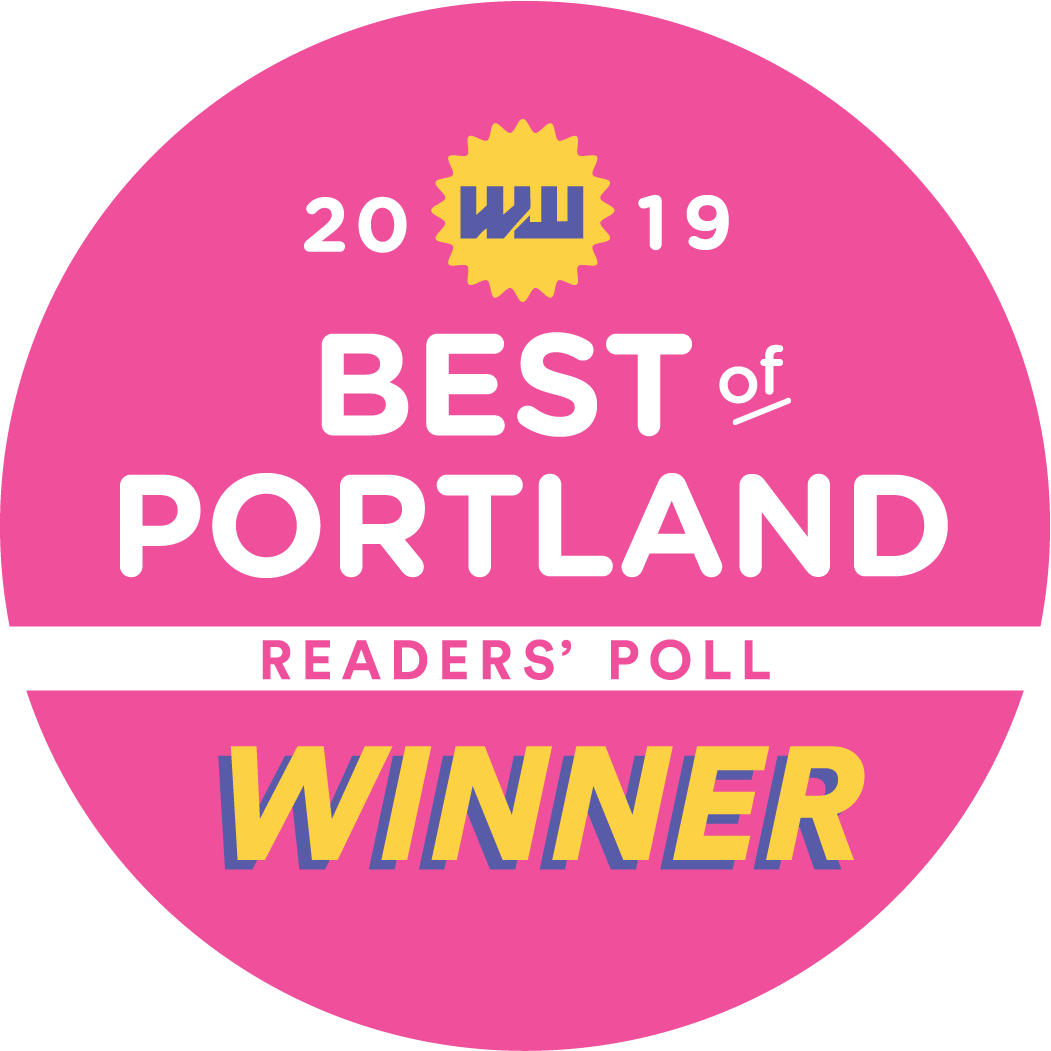
Importance of High Quality Rehabilitation After ACL Injury/Reconstruction
Whether you are a high school athlete, pickup basketball star, or weekend warrior on the slopes – an ACL rupture can be a devastating and often daunting injury. Regardless if you choose to manage conservatively with rehab alone or with surgical reconstruction, it is crucial to undergo a high quality rehabilitation program with a physical therapist – and maybe even sooner and for longer than you thought! This blog post will share information on what constitutes a “high quality rehab program” and help set expectations for how long you should be seeing your physical therapist in order to safely return to the activities you love.
Starting rehabilitation as soon as possible after injury is associated with best outcomes for both nonoperative and operative management of ACL injuries, with studies showing preoperative rehabilitation improving postoperative outcomes in those who go on to have surgery[1]. This would indicate the benefit of seeing a physical therapist right away after injury even while you may be in the process of deciding on surgery or selecting a surgeon/surgery date. Rehab during this time period should be focused on decreasing pain and swelling, restoring joint range of motion, normalizing gait (walking) mechanics, and improving strength to help stabilize the knee as much as possible.
If you decide on surgery, there are multiple considerations such as graft type/source, any concomitant injury (i.e. meniscus debridement or repair, MCL repair, etc.), and surgeon preference/protocol that will require specific individualization of your treatment program and postoperative precautions. It can be helpful to have your physical therapist guide you through these specifics during the acute postoperative phase (typically lasting 4-6 weeks).
Beyond the acute phase, it is crucial to continue on through a high quality intermediate and advanced stage rehab program to safely return to activity and prevent re-injury. Even once you are “cleared” out of your brace and crutches, your ACL is still healing. Proliferation and revascularization (rebuilding of tissue and restoration of blood flow) of the graft takes place between 4-12 weeks while ligamentization (remodeling of the fibers to be more like the native ACL) can take 6-12 months, with mechanical properties reaching maximum strength at 12 months. Even beyond the 1 year mark, there is some evidence that changes continue to occur into the 2nd and 3rd year after surgery[2].
While healing timelines are important, what YOU are able to tolerate at any stage is just as, if not more important, in progressing to higher level activities safely. Your ability to hit critical strength, balance, agility, and plyometric goals are dependent on the type and volume of exercises you are doing, and this is where high quality rehab with guidance from your physical therapist is so important. A study by Ebert et al. in 2018 showed that Limb Symmetry Index (LSI) on strength and hop tests (i.e. the symmetry between your nonoperative and operative legs – the higher/closer the better) was strongly associated with a high quality rehab program[3]. They defined high quality rehab programs as those that involved supervised rehabilitation/physical therapy for at least 6 months, included structured agility and landing exercises followed by independent return to structured gym exercises and activity, with the highest quality programs including supervised full return to sport. In short, the inclusion of structured agility and landing exercises and the longer a patient could remain supervised by their physical therapist (specifically to at least the 6 month mark) resulted in improved outcomes.
In summary, physical therapy should start as early as possible and continue until you not only meet healing timeline criteria, but can demonstrate adequate outcomes on various strength, flexibility, agility, and plyometric goals to safely return to activity and/or sport. There is general consensus that return to pivoting sports typically should not be occurring earlier than the 9-12 month mark (due to the earlier mentioned tissue healing times) with some evidence even suggesting a longer wait especially if strength and agility criteria are not yet met[4]. Considering this, and knowing that high quality rehab includes supervised return to sport, patients should be encouraged to continue seeing or at least checking in with their therapist throughout that first postoperative year.
Therapydia offers excellent options to self-refer quickly after injury, obtain high quality rehab and guidance, and to continue with check-ins well into your rehab journey. Feel free to reach out to your local Therapydia for more information.
Resources:
- Filbay SR, Grindem H. Evidence-based recommendations for the management of anterior cruciate ligament (ACL) rupture. Best Pract Res Clin Rheumatol. 2019;33(1):33-47. doi:10.1016/j.berh.2019.01.018
- Scheffler SU, Unterhauser FN, Weiler A. Graft remodeling and ligamentization after cruciate ligament reconstruction. Knee Surg Sports Traumatol Arthrosc. 2008;16(9):834-842. doi:10.1007/s00167-008-0560-8
- Ebert JR, Edwards P, Yi L, et al. Strength and functional symmetry is associated with post-operative rehabilitation in patients following anterior cruciate ligament reconstruction. Knee Surg Sports Traumatol Arthrosc. 2018;26(8):2353-2361. doi:10.1007/s00167-017-4712-6
- Hughes M, Rooney J. Early to mid stage ACLR rehab masterclass. Powerpoint slideshow. 2023. Accessed January 17, 2024. www.learnphysio/courses/
Written by Marie Sakamoto, PT, DPT | Physical Therapist



